Viral Patient Zero Rumored to Have Died

We’re hearing that the editorial staff of the The Daily What, one of the aggregator sites that pre-figured the current virally contorted media environment, is being laid off and that the site is potentially being shut down. Founded by Neetzan Zimmerman — who left to become Gawker’s viral editor and then Whisper’s editorial director — The Daily What was acquired by Ben Huh’s Cheezburger network, which has raised around forty million dollars of venture capital over the last few years and owns several other sites in addition to its eponymous flagship, like FAIL Blog and Know Your Meme. The Daily What is pointedly not prominently listed on Cheezburger’s advertising page. (We’ve reached out to Cheezburger for comment and will let you know what we hear, obviously lol.)
Earlier today, Pitchfork shut down its film site The Dissolve and computers everywhere revolted.
Who Will Ruin Weed?
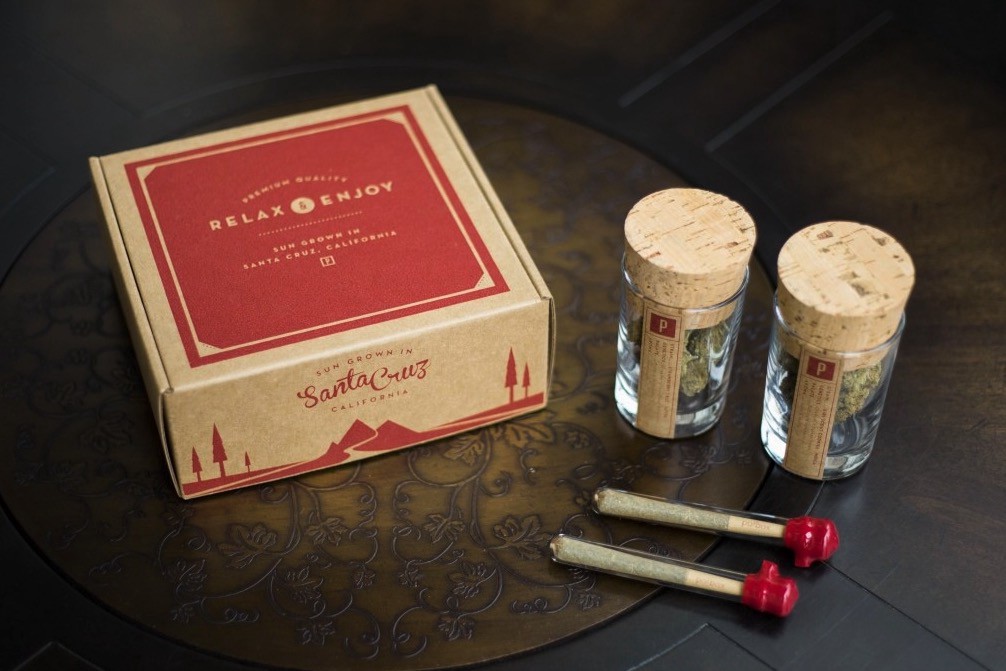
Who will own the marijuana industry? Will the pharmaceutical industry monopolize weed and market it as a mood enhancing drug? Will the tobacco industry combine its agricultural power with the planet Earth’s weird sudden vape obsession and usher in the next generation of habitual smoking? Maybe the booze conglomerates muscle in, somehow!
This is either a fun or urgent question depending on where in the future weed-industrial complex you will exist. (It is also secondary to legalization’s overall social benefits.) The subtext, of course, is this question: Who will ruin weed?
The answer is none of the above. The answer is… us. Me. You. We will ruin weed, no sinister mega-industry needed. Consider Potbox:

Consider:

Consider:

Consider:

Consider:
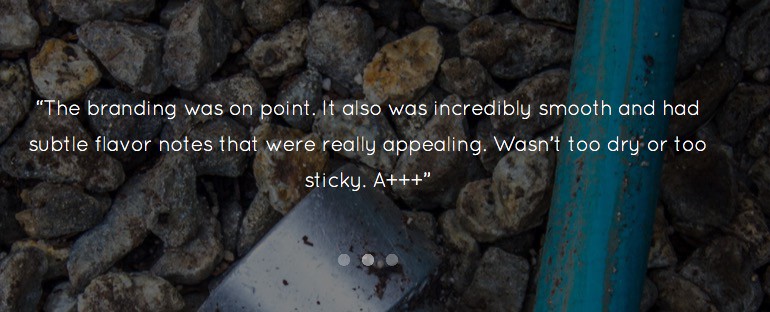
Consider:
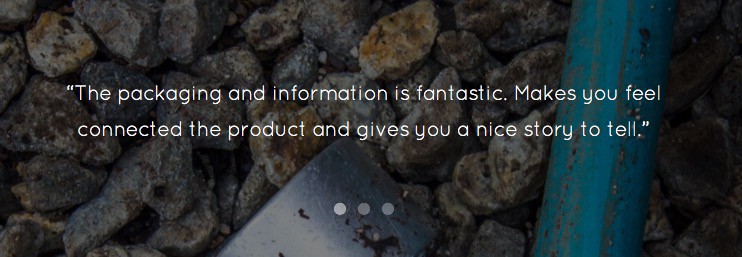
Consider:
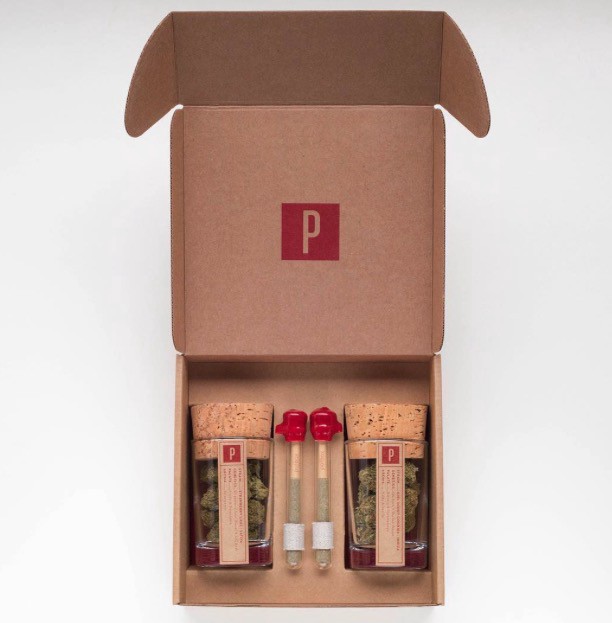
“Ruin” is a strong word. Did the craft beer enthusiasts ruin beer? Did cocktail jerks ruin bars? Nah. Did coffee idiots ruin coffee? No, no matter how hard they tried. It would be more accurate to say they made it uncool, which is to say: Weed, technically, in 2015 and especially beyond, is no longer cool. Hm! Whoa.
Food People Too Busy Talking About Food To Eat Much Of It: Science
“New research finds that adventurous eaters weigh less and may be healthier than their less-adventurous counterparts.”
A Better World (Trade Center)

Here is some of what awaits you if you choose to dine at the top of One World Trade Center:
One Mix serves “handcrafted small plates and cocktails celebrating New York.” I suppose this explains why the margarita is dedicated to Corona, Queens, with its predominantly Latino population (really). Corona also happens to be one of the the region’s most affordable neighborhoods, and so the margarita at One Mix is “affordably” priced at $18. The unbalanced tipple tastes of alcohol and sugar. And this is when you realize that the WTC’s diluted Disney-approach to honoring the city’s gastronomic diversity might not work.
Small plates, in corporate concessions parlance, mean sliders. So instead of one hamburger we get three mini-burgers. They’re a hat tip to “Brooklyn,” the menu claims, a statement that technically makes sense as the dense patties mimic the hockey pucks that the Islanders will use when they move to the Barclays Center. The mini meatball hero, an ode to Staten Island, is a single, leaden globe of meat, the size of a golfball, stuffed into a mini-loaf that walks a fine line between crunchy and stale. Bronx-inspired chile and olive empanadas are as mushy as oatmeal, and come with a side of yellow arroz so cold and insipid it would’ve made the chef at a boxed rice company frown.
Windows on the World, it is not. But it would have been difficult to expect anything less cynical from a restaurant housed in a building once dubbed — and still frequently called — the Freedom Tower, the centerpiece of a site designed by a man “who declared himself ‘the people’s architect’ and took to wearing an American flag lapel pin at meetings.”
We were, as hard as it is to believe now, offered better once. Even after we were unilaterally stuck with an ungraceful obelisk plunged deep into the gut of Manhattan — the net result of, essentially, developer Larry Silverstein prevailing over governor George Pataki prevailing over the Lower Manhattan Development Corporation — there was a version of it that was, if no less mawkish, then at least mildly less oppressive.

The base of the building, after being fundamentally altered to accommodate the NYPD’s desire to convert the bottom twenty stories of One World Trade into a windowless, unbombable concrete fortress, was again redesigned to camouflage its bunker architecture, in two ways: It tapered inward, and it was set to be “draped…with 2,000 clear prismatic glass panels welded aluminum screens to create, in the words of the architect, ‘a dynamic, shimmering glass surface.’” However, the Chinese manufacturer that was awarded the contract could not produce the prismatic glass to spec in time. The result — after considering alteratives like “more traditional clear glass panels, possibly with granite elements to tie it into the surrounding plazas” — was the current base, which sets pairs of frosted glass fins against steel latticework that is seemingly designed to produce the maximum possible sensation of imprisonment before one even sets foot in the building.

The awkward, naked fuckstick thrusting toward the sky is arguably One World Trade’s most defining feature, in that resting on its tip is the lie that the building is the tallest in North America — at least until, appropriately, the vast sums of capital congealing into the form of luxury condo towers produce a greater truth, the Central Park Tower (née Nordstorm Tower), whose roof will rise a hundred and fifty-four feet higher than One World Trade’s.

This over-decorated javelin was supposed to be slightly less terrible, too, clad in a fiberglass and steel, so that it would resemble a gleaming toothpick. One of the building’s co-developers, the Durst Organization pushed for its removal, which shed twenty million dollars in construction costs — “some of which the Durst Organization will recoup as part of its agreement with the Port Authority,” reported the Times in 2012. What’s left can’t even exhilarate on America Day — compare One World Trade Center to the Empire State Building during the city’s July 4th celebration.
The most remarkable thing about One World Trade Center, perhaps, is that it seems to fail — and the architect Rem Koolhaas said this derisively of the World Trade Center project — even at its empty goal of being “a monument at a scale that monuments have never existed (except under Stalin).”
Renderings by their respective architects; spire diagram by patrykus via NYYIMBY
Is Anything Better Than Not Knowing What Stupid Thing Twitter Is Angrily Jerking Off About?
“I found out about the guacamole and the pea incident four days after The New York Times tweeted about it. That’s not like me. I’m typically on top of the news cycle and keep tabs on the general zeitgeist of what’s important on the Internet. But last week, I went on vacation — for the first time in a long time. And I decided to stay off email, Twitter, Facebook, and generally the entire Internet. I read back issues of The New Yorker in print. I took walks.”
— I mean, if this happened to me I’d be bragging too. Can you imagine going four days without knowing about the guacamole thing? 96 hours outside the slipstream of rampant, predicatable dumbassery? When you finally did find out you’d probably drop down to your knees and salute your Lord and Savior for offering such an amazing respite. God, I’m jealous just thinking about that. You know what? If you are thinking of starting a cult and want to get a lot of people to join, promise them that if they accept your teachings they will never have to hear about another idiot Twitter explosion again. You will have to build so many compounds to house your followers that there’s no way the government will be able to firebomb them all. Anyway, don’t look at Twitter, it’s killing your soul is what I’m saying, I guess.
Destroyer, "Girl in a Sling"
Destroyer’s Poison Season is out August 28th. What more do you need to know? Enjoy.
Website Ends
The Dissolve is one of those sites you take for granted, because they never trolled their audience or chased traffic in gross ways.
— Tyler Coates (@tylercoates) July 8, 2015
Helen, "Motorcycle"
When it comes to Grouper, a band I really enjoy, I tend to feel the best bits are the parts where Liz Harris just makes sounds and leaves the vocals out of it. But in the context of her pop project, Helen, the more vocals the better, I think. But what do I know? I’m a fuckin’ idiot. If words on a screen didn’t automatically project some sort of undeserved authority you’d have clicked play long ago without having bothered to read the attendant copy, and you’d be right to. I’ll just shut up now and let you enjoy.
New York City, July 6, 2015

★★ A sparrow was shrieking up against the corrugated metal ceiling of the scaffold for extra volume. The clouds were indistinct but they kept the head off. The smell of feces carrying up Broadway was so persistent it prompted a check of one’s own shoe soles. A motor coach raised a grinding squeal and a fog of asphalt dust. The effort of breathing in the thick air raised a tense pain at the base of the skull. The leaves on the pear trees looked grimy and blasted. By evening the daylight had faded out to gray, and there were chilly gusts of breeze. The sunset clouds were first silver and then a drifting sooty mass, just loose enough to show a few filaments of pink behind it.
Don't Eat the Fake Meat
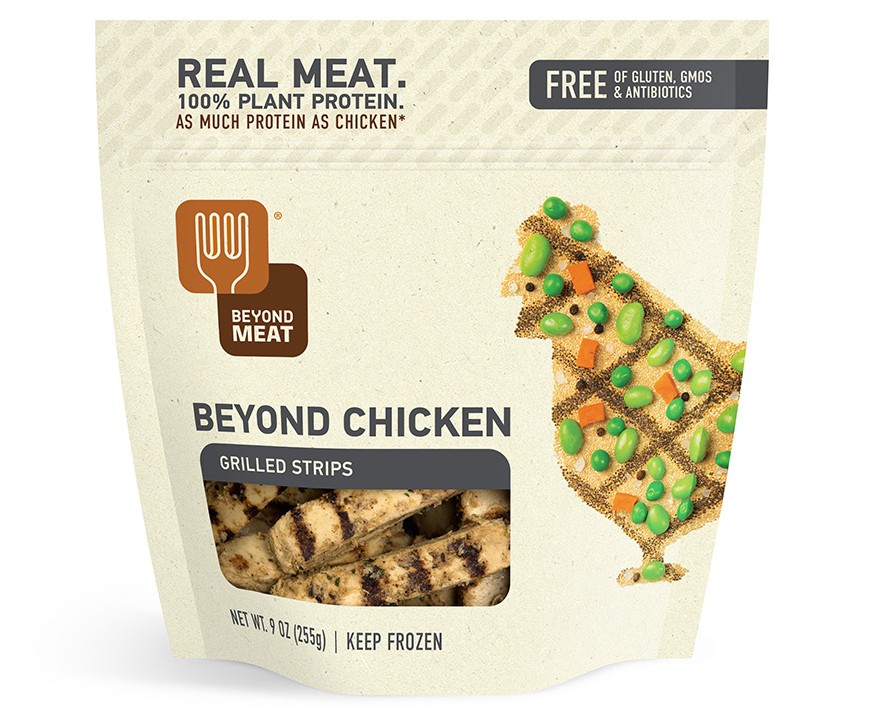
Beyond Meat is the most hyped fake meat product to arrive in years, and only partially due to its list of investors, which include Biz Stone of Twitter, Bill Gates, and the Humane Society. Its list of ingredients — pea protein, oils, soy fiber, and natural flavorings like yeast and dehydrated vegetables, mostly — is comparatively simple compared to well-established competitors like Morningstar’s Chik offerings, which include about eight different kinds of sugar and hydrolyzed starch along with compounds like disodium guanylate (an additive you shouldn’t feed your baby). Beyond Meat’s products, which include fake chicken and fake beef that Twitter co-founder Biz Stone has described as tasting “freakishly similar” to real meat, has about half the fat of the chicken breast or ground beef it’s trying to replace. It’s also cheap compared to real meat: Each of my two bags of Beyond Meat (one “Beefy Crumble” and one “Lightly Seasoned Strips”) cost only six dollars for about three servings’ worth of highly engineered plant protein.
Yet I can’t for the life of me figure out why anyone would want to eat this stuff.
I am not a vegetarian. I mostly eat vegetables (and eggs and cheese) at home because it’s healthier, because it’s cheaper, and because I treat most meals like a reality television cooking challenge. Preparing vegetables is harder than cooking with meat; vegetables are delicate and tend to be low in fat, which means the margin for error is basically non-existent. Meat, meanwhile, tends to dominate any dish; too often you end up with meat and some side dishes meant to enhance the meat. This is not very interesting! Way more interesting is playing with different vegetables, figuring out how to bring out their best flavors and then combining them in a way that creates a balance of all the essential flavors and textures: crisp, soft, sweet, sour, spicy, fatty, acidic, bitter, umami. That doesn’t mean I don’t love a good lengua taco or a curry goat, but it’s just not what I like to cook at home; I love vegetables and I love cooking them.
Given that my vegetable-heavy diet isn’t due, really, to dietary concerns, meat analogues — the industry-preferred term for fake meat — do not really interest me very much. If can you happily eat beef, why would you eat beef-flavored soy protein? I like soy and I like beef; I’m not interested in a pale version of both. But what if Beyond Meat is the one that finally breaks through and makes something great? “This has a very realistic, meaty, delicious quality,” Biz Stone told Farhad Manjoo, who was then writing for Slate. Farhad agreed that Beyond Meat is “so good it will freak you out.” So I bought some.
Beyond Meat is a strange combination of really forward-thinking ideas and cutting-edge science combined with pedestrian, mass-market ambitions. The “chicken” strips are the closest in texture to actual chicken of any fake meat I’ve ever tried, with that particular stringiness you find especially in chicken breast muscle fiber. Yet because pre-cooked white meat chicken breasts are familiar and popular to the American public, Beyond Meat’s chicken is only offered as pre-cooked, frozen strips, and in bland flavors like “southwest style.” Similarly, the “beef” is ground and frozen, in flavors like “feisty crumble.” Beyond Meat also makes veggie burgers — by far the most popular meat analogue, because Americans love burgers — though I didn’t try any, opting for the “lightly seasoned” “chicken” and the “beefy crumble” “beef.” (Good lord, there are a lot of quotation marks in this.)
The packaging on both recommends cooking them in a skillet, the “beef” in a little oil and the “chicken,” I suppose, just in a dry pan, because it doesn’t say anything about oil. What it wants you to do, essentially, is thaw and reheat the product, preferably with dry heat to get a little crispiness. What happens is that, because these products are so, so low in fat, they both stick. Normally with ground meat like sausage, you’d cook it in a dry-ish pan to render out the fat, which is delicious to saute, say, garlic and onion and chile pepper in. But when I made a very simple saute, just the “beefy crumble” plus a little scallion and garlic with a bit of salt and pepper, it was totally bland: Beyond Meat has no fat and little flavor beyond a sort of mild, mushroom-y taste, so it contributes basically nothing to the party besides a dose of protein. The “chicken” strips stuck horribly to a skillet, leaving behind patches of beige soy product like wallpaper on the back of a poster affixed to the wall with sticky-tack. It tastes, weirdly enough, kind of like those Calbee Snap Pea Crisps, which I really love, but the texture is uncannily close to a rubbery boiled chicken breast.
I tried again to make the Beyond Meat products taste good, punching up the “beef” by turning it into a sort of picadillo with raisins and olives, thinking that the most flavorful ground meat dish I know might be able to make use of it. But the “beef” just sits there, inert and alone, refusing to meld any flavors with any other ingredient. In that way it’s much worse than just using, say, cubed tofu, because tofu will at least absorb flavors. The “beef” did not, retaining its bland, mostly unappealing flavor, neither absorbing any other flavors nor gifting its own to the rest of the ingredients.
Beyond Meat’s goal is a good one: to take your everyday meat eater and convince them, with low-impact, low-fat, and low-cost fake meat, to eventually cripple the livestock industry, which destroys the land, requires massive amounts of water and power, creates tons and tons of greenhouse gases, and encourages factory farming of monoculture crops. I am, generally, on the same team as Beyond Meat. But Beyond Meat also doesn’t taste good, and ends up, for me, in the same childish zone where Soylent, the meal-replacement shake, resides. Do you guys really hate vegetables that much? Does anyone really, genuinely prefer pea-tasting chewy fake chicken over, like, chick peas? Is the quest to reduce our reliance on animal protein really best accomplished by striving this hard to convince people to eat something that tastes almost, but not quite, like animals?
A more logical approach, I think, is not to make plants that taste like meats, but plants that taste better than meats. There are some pioneers in the veggie burger arena who are working on this. Forget making a burger that tastes like beef: We have the entire, incredibly varied world of plants to work with, and a canvas of a patty and a roll to enhance it. Chef Brooks Headley’s Superiority Burger, based around quinoa, has a significant following, and tastes nothing at all like beef. Made By Lukas, a line of brightly-colored burgers available in tubs at some grocery stores, makes zero effort to taste like charred beef, instead boosting its flavors of carrot, parsnip, beet, and kale. Even David Chang, the modern-day king of pork fat, is turning to vegetables for his next generation of flavors.
Making vegetable-based substitutes for meat, just like cooking vegetables, can be hard, and does not reward laziness, either in conception or in execution. But that doesn’t mean it can’t be great — we just have to stop thinking about meat entirely, rather than how to move beyond it.
